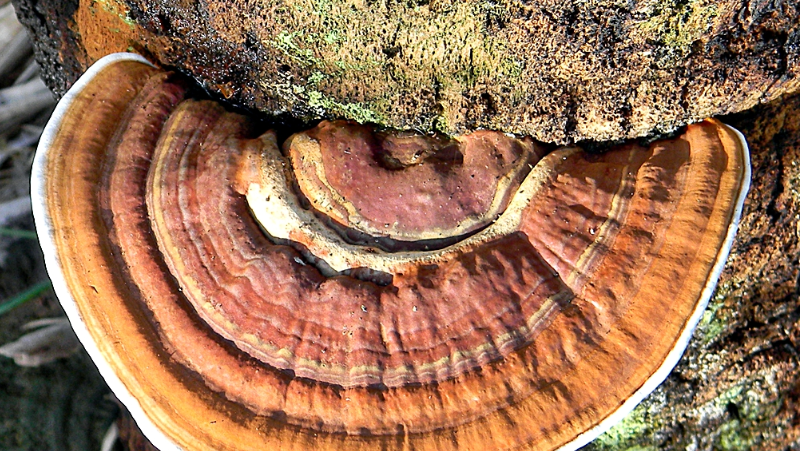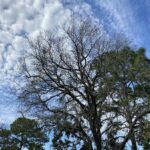Is Ganoderma On Your Trees?
Ganoderma Tree Disease in Florida
The root pathogen, Ganoderma lucidum, generally enters a tree through wounds, tears, cuts or damaged roots. Most trees in Florida can be affected by this disease. The DNA of the disease is slightly different between hardwood trees and palm trees. This means that neither strain of Ganoderma is transferrable between the two types of plants. A young hardwood can be planted near the site of an old hardwood that had Ganoderma with very little risk of transferring the disease from the old tree to the new one. However, Ganoderma which kills palm trees is different, and newly planted palms near the site of a palm that had Ganoderma will contract the disease. Some studies suggest that the fungus infects a tree root system slowly and may take as many as 10-20 years to kill the tree. Other studies have concluded that Ganoderma is a naturally occurring element of many mature trees. New information has found that Ganoderma may be quite a bit more aggressive in killing trees than originally thought. This information makes this disease quite dangerous considering that Ganoderma attacks the structural root system.
Trees have two primary root systems. The fibrous root system uptakes the water and nutrients. The structural root system of a tree holds the tree into the ground preventing it from tipping over. Once Ganoderma has begun to degrade the structural roots of the tree it quickly becomes unstable. This makes the tree very susceptible to complete tree failure.
One major issue with Ganoderma is many trees with this disease often appear to be healthy to the untrained eye. Many trees have a decent looking canopy, dieback with deadwood in the canopy and no fungal conks on the trunk. Some trees have many fungal conks on the trunk or other tree parts, and no signs of dieback in the canopy. If a tree is showing any signs of Ganoderma, further investigation should be done to determine the extent of the damage to the structural roots and heartwood of the tree.
Unfortunately, Ganoderma is incurable. Once this fungus has begun to colonize the tree’s systems there is no treatment or cure for the disease. The best preventative measure for ensuring this fungus to set it is to avoid root injury. This isn’t all that likely in an urban forest, but fortunately, after some sleuthing, many trees with Ganoderma don’t need immediate removal.
If you think your tree has Ganoderma, Give O’Neil’s a Call Today and we will come to inspect your tree for Free. Call – (727) 599-7548




